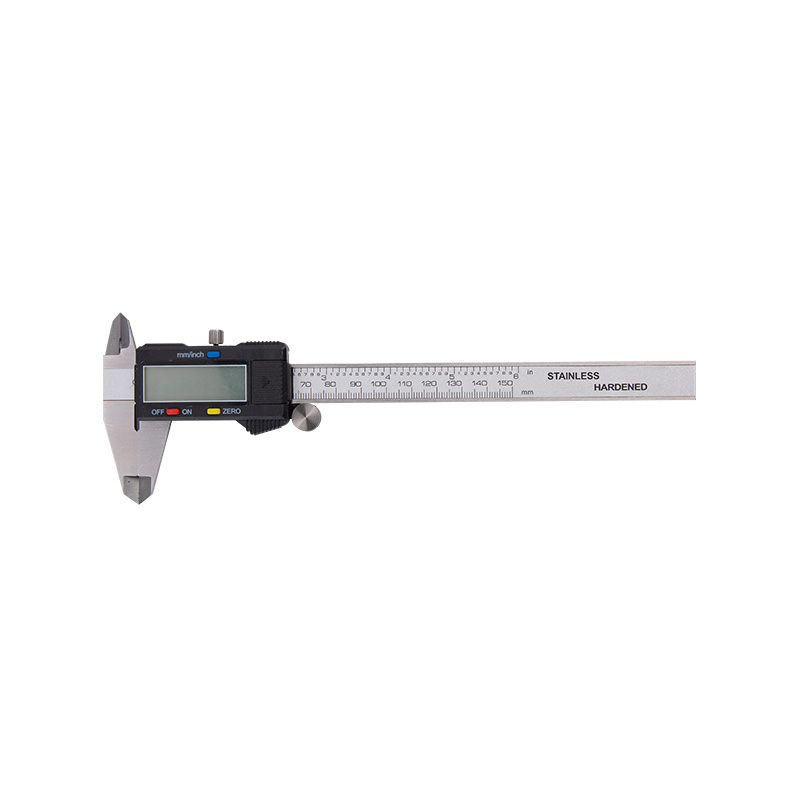Ease of Reading: Digital calipers feature an LCD screen that displays measurements in a clear, easy-to-read format. Unlike mechanical calipers, which require users to interpret scale markings and potentially deal with parallax errors (where the measurement reading can change based on the angle of viewing), digital calipers provide a straightforward numerical readout. This eliminates guesswork and reduces the cognitive load on users, ensuring that even those with less experience can obtain accurate measurements quickly. The digital display is often backlit, allowing for visibility in low-light conditions, and the numbers are typically large and well-spaced for ease of reading.
Higher Precision: Digital calipers are engineered to offer a high level of measurement precision, often with resolutions down to 0.01mm or 0.0005 inches, depending on the model. This fine resolution is crucial for tasks requiring meticulous measurement, such as in engineering, manufacturing, or scientific research. The precise nature of digital calipers helps in minimizing measurement deviations and enhancing the overall accuracy of work. The ability to measure with such fine detail ensures that even minute variations are captured, which is essential for high-precision applications where exact dimensions are critical.
Convenience: The user interface of digital calipers is designed to maximize convenience and efficiency. With a simple button press, users can switch between metric (millimeters) and imperial (inches) measurement systems, accommodating different standards and preferences without manual conversions. This feature is particularly useful in environments where measurements need to be reported in different units or when working with international specifications. The ease of toggling between units helps streamline the measurement process and reduces the potential for errors associated with manual conversions.
Data Hold Function: The data hold function on digital calipers is an advanced feature that allows users to freeze the current measurement reading on the display. This is particularly useful in scenarios where the measurement needs to be recorded or communicated, as it prevents the value from changing while the user writes it down or enters it into a system. The data hold function enhances the accuracy of data collection and reduces the risk of errors that can occur if measurements are not captured promptly. It is also beneficial for complex measurements where users need to take time to ensure accuracy and consistency.
Zeroing Capability: Digital calipers offer a zeroing function that allows users to reset the measurement readout to zero at any point along the caliper’s scale. This feature is invaluable for comparative measurements, where the focus is on the difference between two measurements rather than their absolute values. By zeroing the caliper at a reference point, users can easily measure and quantify deviations from this baseline. This functionality simplifies the process of measuring incremental changes and enhances the precision of measurements where relative differences are of primary concern.
Reduced Parallax Error: One of the significant advantages of digital calipers is their ability to minimize parallax error, a common issue with analog scales where the measurement reading can vary based on the observer’s angle. The digital display provides a direct numerical readout that is unaffected by viewing angles, ensuring that measurements are consistently accurate regardless of how the caliper is held or viewed. This reduction in parallax error enhances the reliability and accuracy of measurements, particularly in situations where precision is crucial.




 English
English Español
Español
















